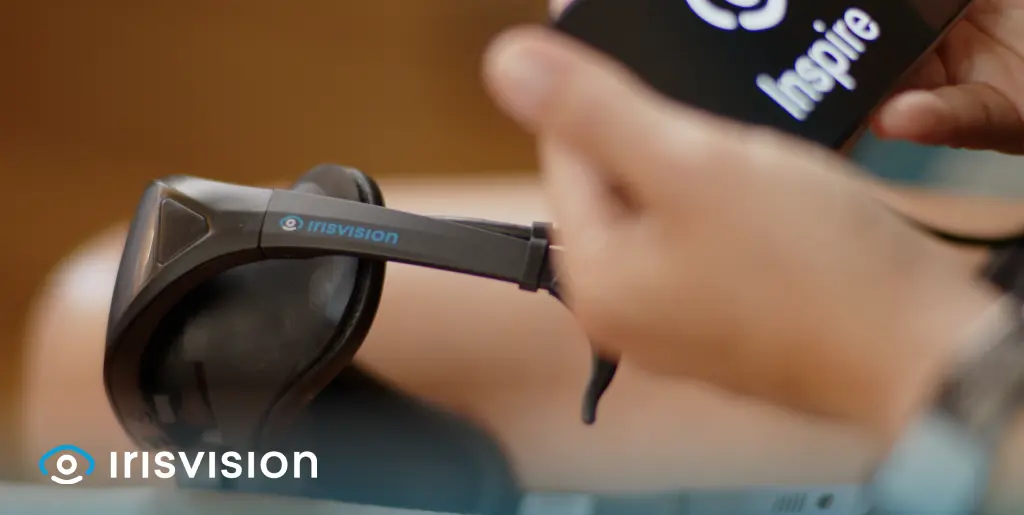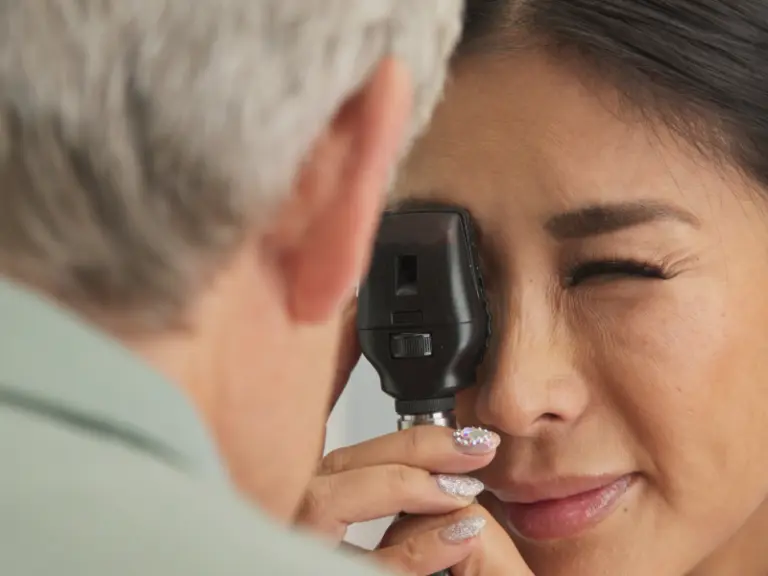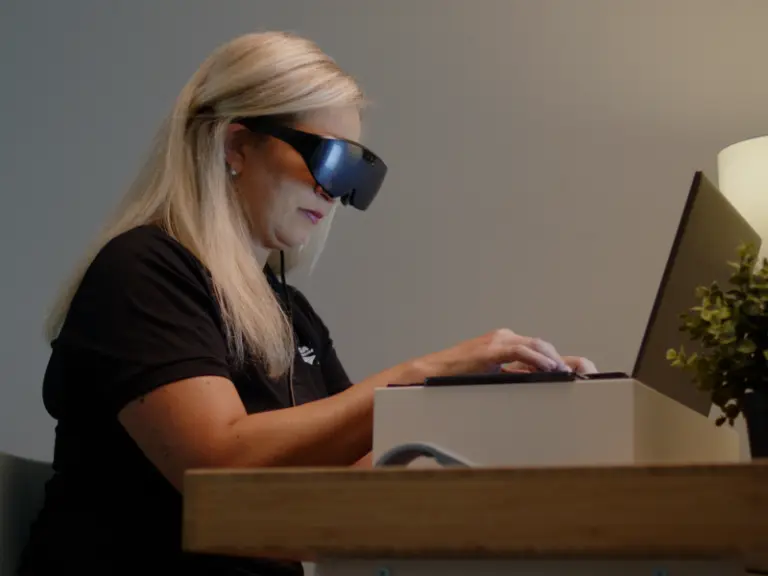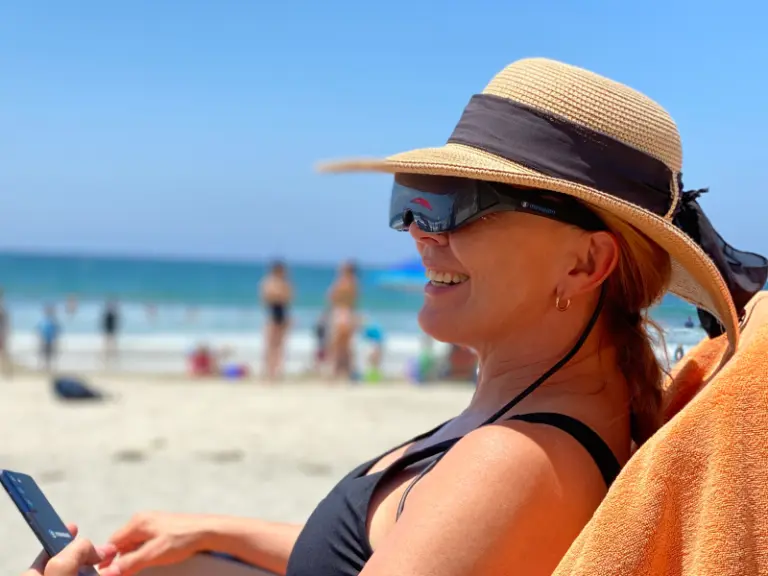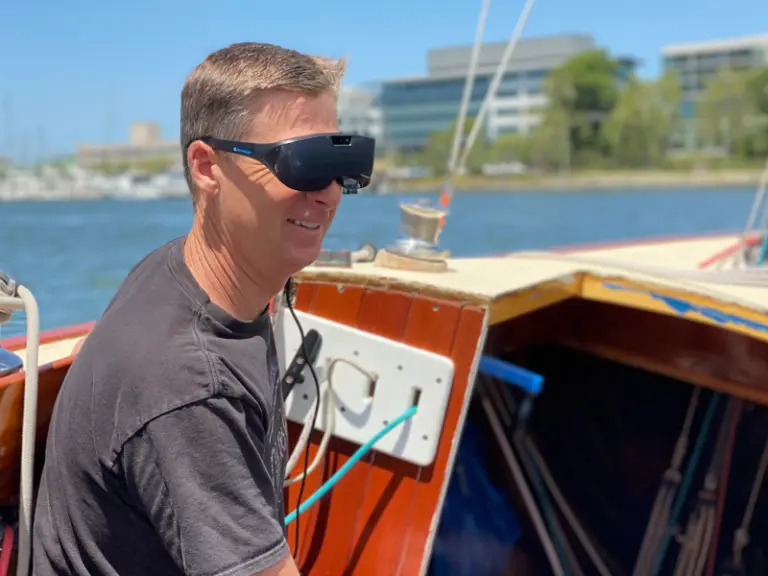In optic atrophy, as the nerve cells die, the visual information isn’t conveyed properly from the eyes to the brain. Gradually, vision loss becomes severe and visual acuity, as well as color vision, is affected.
Usually, vision loss is the only symptom of optical atrophy, yet due to various causes of optical atrophy, people may suffer from movement disorders and other nerve related symptoms.
As blurry vision and peripheral vision loss are most common in optical atrophy, many regular actions become complicated, like:

